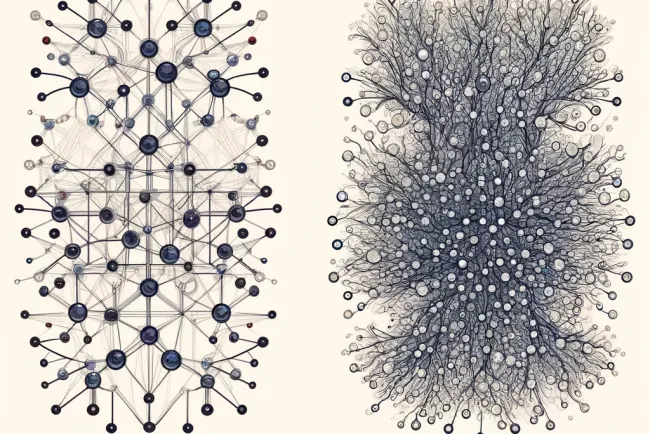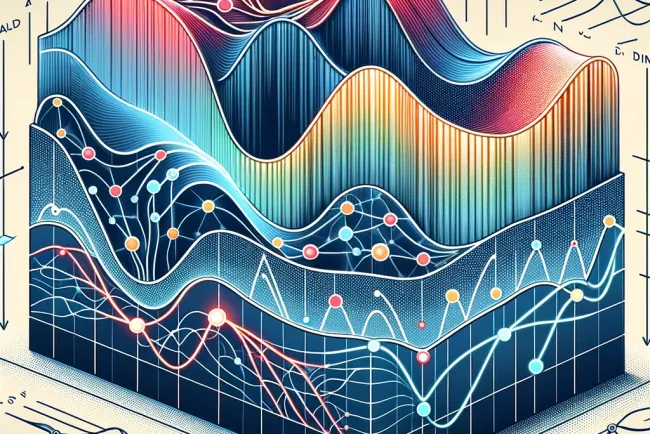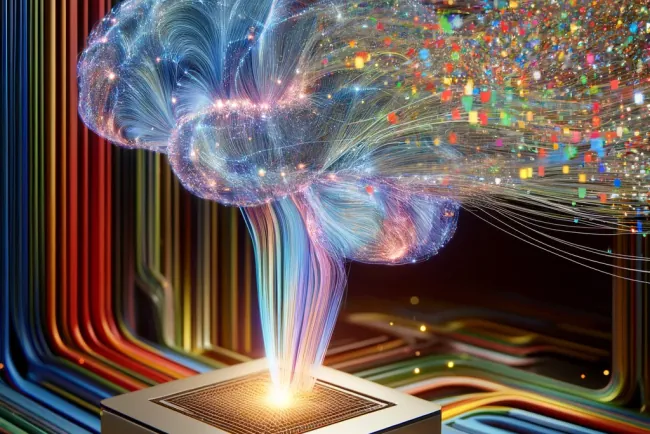Understanding Neural Networks: Key Structures and Learning Processes
Explore the intricate structures of neural networks, their learning processes, and applications in image recognition.
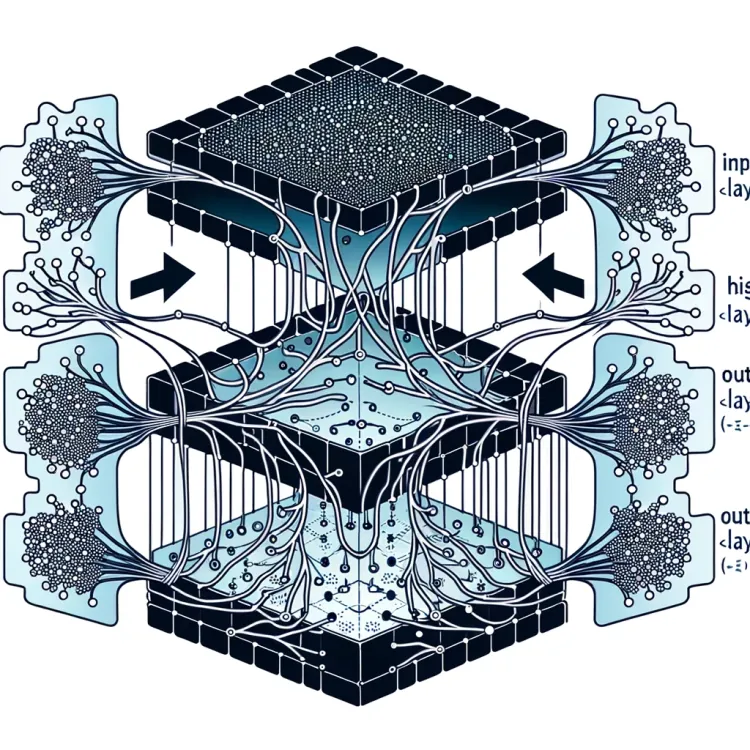
Introduction
Neural networks represent a cornerstone of modern artificial intelligence (AI), playing a pivotal role in enabling machines to perform complex tasks such as image recognition, language processing, and predictive analytics. This article delves into the fundamental structure of neural networks, their operational mechanisms, and the dynamic learning processes that empower them to solve real-world problems.
Outline
-
- Definition and role
- Example: Image recognition inputs
-
Hidden Layers: The Computational Core
- Structure and function
- Role in feature detection and transformation
-
Output Layer: The Decision Maker
- Composition and functionality
- How outputs are generated and interpreted
-
Learning Process of Neural Networks
- Overview of training a neural network
- Steps involved: Forward propagation, loss calculation, backpropagation, and iteration
-
Example Application: Image Recognition
- Step-by-step process in neural networks
- How neural networks interpret and learn from images
-
- Commonly asked questions about neural networks
-
Conclusion and Further Resources
- Summary of neural networks' impact
- Promoting further exploration and learning
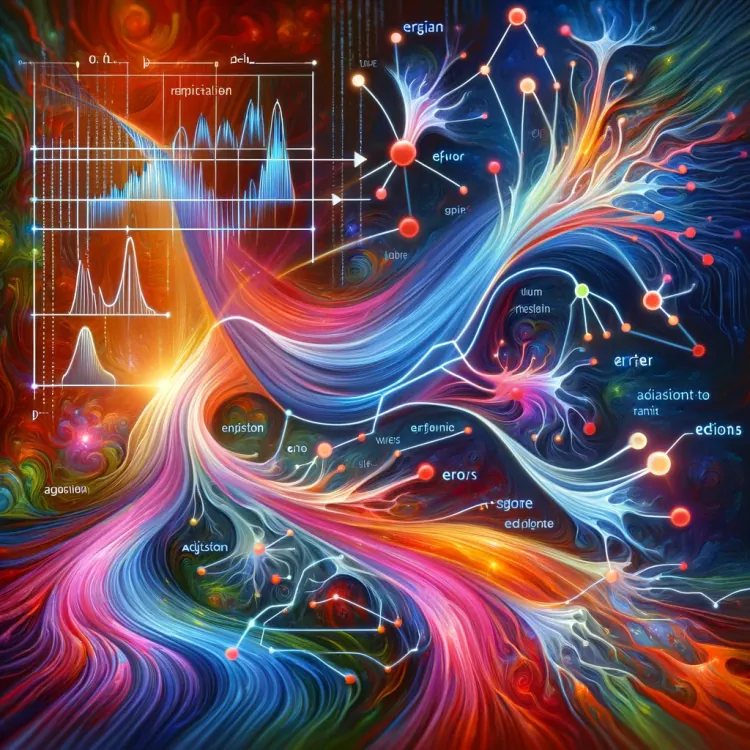
Input Layer: The Gateway
Definition and Role
The input layer is the initial phase of a neural network where raw data is received. It acts as the entry point for data to enter the network, making it crucial for the subsequent processing steps. In scenarios like image recognition, each neuron in the input layer typically represents different aspects of the input image such as pixel brightness and color.
Example: Image Recognition Inputs
In image recognition tasks, the input layer handles the pixels of the image directly. Each pixel's characteristics, such as brightness or color, are fed into the neurons, setting the stage for deeper analysis by subsequent layers.
Hidden Layers: The Computational Core
Structure and Function
Hidden layers form the essence of a neural network. These layers are composed of neurons that process inputs received from the preceding layers. They are termed "hidden" because unlike the input and output layers, they do not directly interact with the external environment.
Role in Feature Detection and Transformation
Each hidden layer progressively extracts and amplifies relevant features from the input data. For instance, the first hidden layer might identify basic edges, while subsequent layers could recognize more complex patterns or specific object parts, like elements of a face in an image recognition task.
Output Layer: The Decision Maker
Composition and Functionality
The output layer is the terminal layer where the neural network makes its predictions. This layer interprets the features processed by the hidden layers to produce a tangible output or decision, like identifying whether an image contains a specific object.
How Outputs are Generated and Interpreted
The output layer uses the features recognized by the hidden layers to make predictions. For example, in image classification, it would determine the presence of a cat by analyzing the learned features corresponding to cat-like attributes.
Learning Process of Neural Networks
Overview of Training a Neural Network
Neural networks learn through a structured process known as training, which involves multiple stages including forward propagation of input data, error assessment, and backpropagation of the error to adjust the network's weights.
Steps Involved in Training
- Forward Propagation: Data is fed from the input to the output layer.
- Loss Calculation: The network's predictions are compared against actual labels to determine errors.
- Backpropagation: Adjustments are made to minimize these errors in future predictions.
- Iteration: This cycle is repeated with numerous data samples to refine the network’s accuracy.
Example Application: Image Recognition
Step-by-Step Process in Neural Networks
A neural network trained for image recognition will go through stages where it first identifies simple visual cues and gradually learns to recognize complex objects through repeated training and adjustments based on feedback.
How Neural Networks Interpret and Learn from Images
Through training with numerous images, a network learns to discern and interpret various features and patterns that define different objects, ultimately improving its ability to recognize and categorize images accurately.
FAQs
- What is the significance of hidden layers in neural networks?
- How do neural networks improve their accuracy over time?
- Can neural networks be used for tasks other than image recognition?
Conclusion and Further Resources
Neural networks are powerful tools for artificial intelligence, enabling sophisticated analysis and decision-making across various domains. For those interested in exploring more about neural networks or AI, numerous resources are available for deeper learning and practical application.
Explore more about AI and machine learning by visiting our further resources.
neural networks for dummies step by step guide
easy neural networks explanation for beginners
neural network most easy way to learn
What's Your Reaction?







